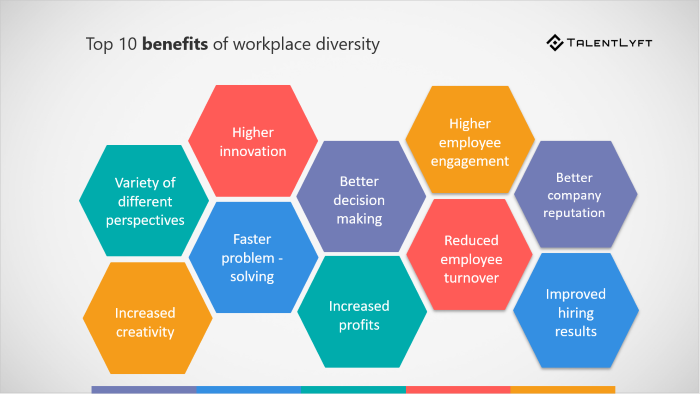
The technology industry is rapidly evolving, and as it does, so too should our emphasis on diversity and inclusion in the workplace. An inclusive work environment fosters innovation, improves problem-solving, and maximizes productivity. In this article, we will explore effective strategies for promoting diversity and inclusion in the tech industry.
1. Establish a Diverse Hiring Process
A crucial strategy for promoting diversity and inclusion is to establish a diverse hiring process. This starts with creating job postings that appeal to a wide range of candidates, ensuring key qualifications are emphasized without excluding any particular group. Additionally, implementing blind resume screening techniques can help mitigate unconscious bias and focus solely on a candidate’s qualifications.
2. Develop an Inclusive Culture
Building an inclusive culture means fostering an environment where every employee feels valued, respected, and empowered to contribute their unique perspectives. Encourage open communication, create mentorship programs, and provide training on unconscious bias and diversity awareness. By developing an inclusive culture, your organization can attract a diverse talent pool and retain employees from all backgrounds.
3. Implement Employee Resource Groups (ERGs)
Employee Resource Groups (ERGs) are voluntary, employee-led groups that provide support, networking, and professional development opportunities for underrepresented groups. These groups help create a sense of community, offer a platform for idea sharing, and promote inclusivity throughout the organization. Encourage the formation of ERGs and provide them with resources and support.
4. Offer Diversity and Inclusion Training
Invest in diversity and inclusion training programs for all employees, from entry-level to executive positions. These training sessions can raise awareness about unconscious bias, cultural differences, and communication strategies to promote a more inclusive work environment. By providing ongoing education, you create a foundation for understanding and respect within your organization.
5. Embrace Flexible Work Arrangements
Offering flexible work arrangements, such as remote work options or flexible working hours, can greatly benefit your diversity and inclusion efforts. This allows individuals with different needs and responsibilities to thrive in their roles, resulting in a diverse workforce that can contribute their best work. Emphasize performance-based evaluations rather than focusing solely on time spent in the office.
6. Partner with Diverse Organizations
Build relationships with diverse professional organizations, nonprofits, and universities to expand your recruitment efforts. Collaborate with these organizations to establish mentorship programs, sponsor events, and tap into their talent pool. By actively partnering with diverse organizations, you demonstrate your commitment to fostering a diverse and inclusive workplace.
7. Measure and Track Progress
Establish diversity and inclusion metrics and regularly track progress. Collecting data on representation, employee satisfaction, and attrition rates among various demographics will help identify areas for improvement and evaluate the effectiveness of your strategies. Streamline reporting processes and use data to inform decision-making, ensuring a continuous focus on diversity and inclusion.
Conclusion
Promoting diversity and inclusion is not only the right thing to do but also a strategic imperative in the tech industry. By implementing these strategies, organizations can create an inclusive culture that attracts diverse talent, fosters innovation, and propels success. Embrace diversity and inclusion in your workplace, and shape a stronger and more resilient future for the tech industry.


